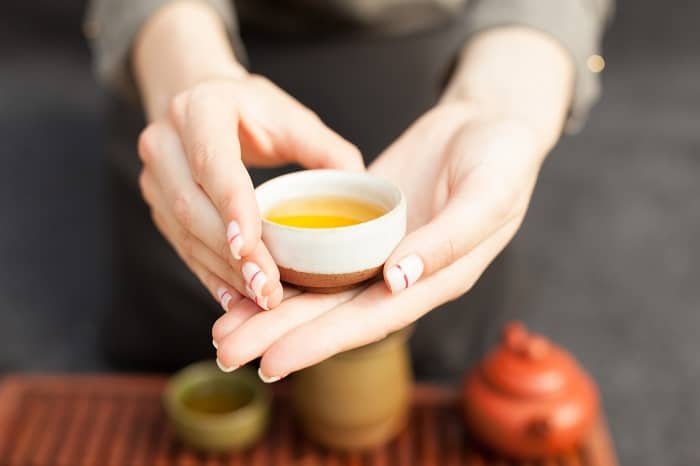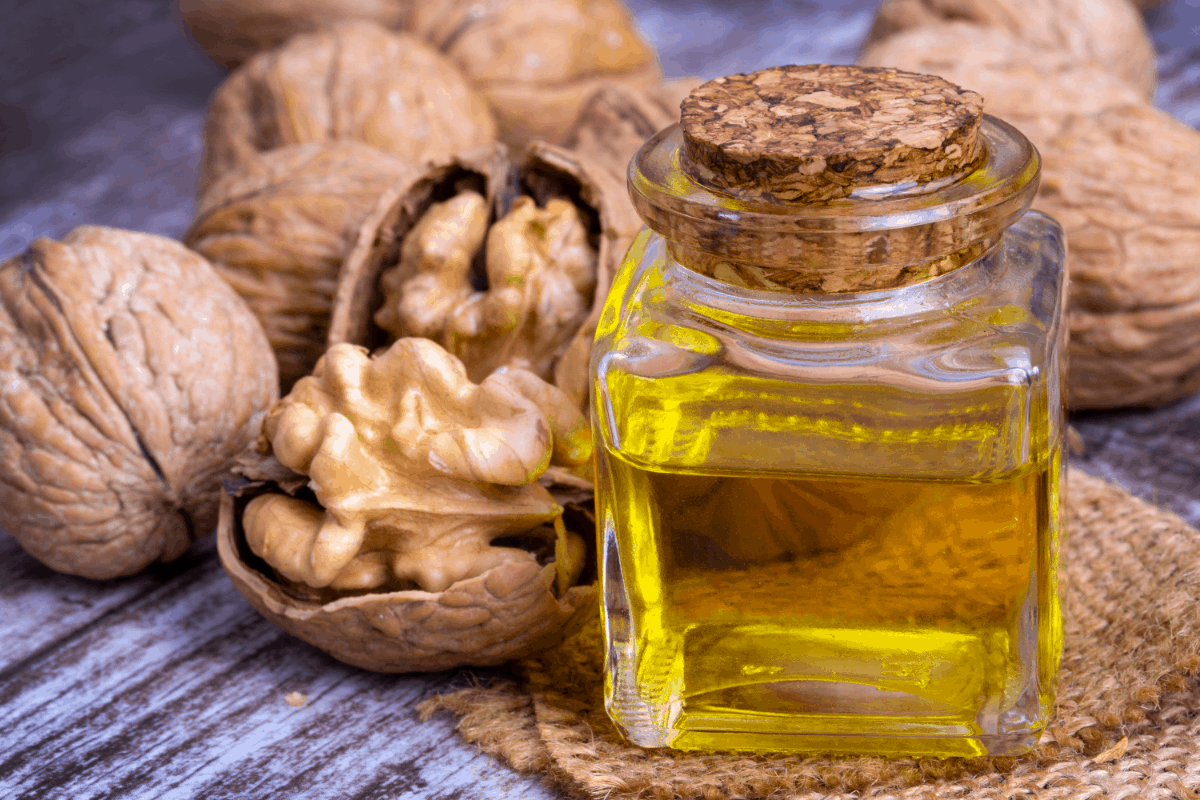Last Updated on October 13, 2024
Many people are using essential oils these days because more customers are becoming aware of the many health benefits they offer. However, there are so many things that you need to know about essential oils so that you can use them safely and properly.
One of the most important things to know is whether or not you can ingest a certain type of essential oil or not. In order to know, you have to ask what is the difference between food grade and therapeutic grade essential oils?
To make things easier, we’re going to list down the main differences for your reference.
Table of Contents
Determining Food Grade Essential Oils
Let’s start with the food-grade essential oils. How do you know if a certain essential oil is food grade or not? The thing is that there is no clear cut way to determine whether or not an essential oil is food grade.
However, the least that the FDA determines whether certain ingredients are safe or not. That’s how the regulatory bodies label essential oils.
Food Grade Essential Oils Defined By Law
The easiest way to determine whether the essential oil is food grade or not is to simply check the food-grade label. By law, anything that is ingested has to have a Nutrition Facts label at the back.
Essential Oils in Cooking
Another way to determine if the essential oil is food grade is to determine whether the main source can be used as an ingredient in cooking. For instance, oregano and cinnamon bark are common ingredients in making certain dishes.
This can tell us that their essences can also be ingested. From there, you can then check the nutrition facts label for further confirmation. If you use these two guidelines as your determinant, you can pretty much tell if the essential oil can be eaten or not.
Determining Therapeutic Grade Essential Oils
Just like the food-grade essential oils, there are also no clear cut lines as to how you can define therapeutic grade essential oils. We will explain to you what “therapeutic grade” really means and how you can determine it.
The Truth About Therapeutic Grade Essential Oils
When you hear the term “therapeutic”, you may immediately think that these oils are used for some sort of healing. However, the truth of the matter is that the term is actually just a marketing tool.
You will see a lot of brands that claim they are therapeutic grade essential oils but not regulated by any government body. Take note that the FDA does not certify essential oil as “therapeutic grade”.
There is also an issue of purity. For most people, the purer the essential oil, the higher the grade as compared to oils with more solvents inside. Again, there is no government body that can determine the purity of the oil and give a “grade” label.
ISO Insights on Essential Oils
Probably the closest government body that can determine a “grade” of your essential oils would be the International Standards Organization or the ISO. What they do is give some insights into the chemistry of the oils. They do not judge the purity of the essential oil.
The ISO will check the standard margins of the chemical content of each oil and determine whether it’s pure or not. However, you won’t get any other information aside from that. It’ll either just be pure or not pure.
The Case of Certified Pure Therapeutic Grade Oils
If you’ve bought essential oils from doTERRA, you’ve probably encountered the label CPTG or Certified Pure Therapeutic Grade. But didn’t we say a while ago that there is no government body grading whether a type of oil is therapeutic grade or not?
Yes, we did – and that still stands for even doTERRA oils. Notice that there is a trademark beside the logo. This shows that it is a label that doTERRA itself created in order to brand their essential oils.
How exactly can they do that? Well, if you check the doTERRA website, you’ll discover that they created their own testing process to test for purity. They call this process the CPTG process. They test the oil for purity before they release the product.
Once the product has been fully tested by their standards, they release it with a CPTG certification. Again, this is a trademarked process which means that they use their own standards for testing.
The Main Difference Between Food Grade and Therapeutic Grade
That said, what is the main difference between food grade and therapeutic grade essential oils? We will say that it’s really all in the labeling and the purpose of the essential oil.
If ever the essential oil you’re using can be used as cooking oil or as an ingredient for a dish then it can possibly be ingested. If there is a Nutrition Facts label behind the bottle, then that further supports the claim that it can be eaten.

But just to be sure, you need to dilute the essential oil with other oils like coconut oil. Also, be sure to strictly follow the indications of the essential oil.
Other essential oils that don’t fall into these criteria are aromatherapy oils. You can use these oils for inhaling or with your diffuser.
Conclusion
While essential oils are indeed healthy, you have to learn to differentiate between food grade and therapeutic grade oils. What is the difference between food grade and therapeutic grade essential oils?
Basically, just the usage of the oil and its purpose. If you can determine which one is which, you’ll know which can be eaten and which can’t. This guide will give you an idea of how to know whether you can ingest the essential oil or not.
So before you decide to drink essential oil that you think is healthy, read our full guide first.
FAQ’s
Which brands of essential oils are safe to ingest?
If you are wondering if you can ingest all essential oil brands, you should know that not all of them are safe to eat. You first want to know how to shop for essential oil brands you intend to eat. Look for the indication that it is safe for internal use. And when it comes to the brands that are safe to ingest, you can try the following.
- Miracle Essential Oil
- Jade Bloom Oil
- Young Living Vitality Oil
- doTERRA
The types of essential oil you want to avoid when looking for those to use for internal treatment include
- Cedarwood
- Birch
- White Fir
- Eucalyptus
- Cypress
- Wintergreen
Can I put essential oils in my food? and how
It is safe to use essential oils in your food so long they are okay to be used for cooking. This means they have to be processed and certified fit for food-grade use. You can make use of them by sprinkling them onto your food, and you want to be careful not to use too much. It is best to apply little than overdo it. You’ll only need a little to flavor your meals.
Are any essential oils FDA approved? and which are they?
You’ll find that the FDA approves most essential oil as either a cosmetic or a drug, which depends on the marketing approach of the manufacturing company. You should know that essential oils are not regulated for use as food by the FDA, but some are safe for food preparation. They include
- lavender
- Cinnamon
- Peppermint
- Ginger
- Thyme
Can I put essential oils in my tea?
You’ll find that most people have different ways they enjoy their essential oils. Some prefer it in a humidifier for an aromatherapy treatment, while others prefer to enjoy the soothing relief by ingesting it. You can also decide to add a few drops to your cup of tea to influence the flavor and add more freshness to your beverage. It would help if you endeavored to use essential oils that are safe for ingesting. You can find out from the package if it is fit for internal use.
How can you tell if essential oils are fake?
You’ll find many fake essential oils in the market, which is mainly because you can’t tell if it’s the real deal merely by looking at it. So how then can you identify if an essential oil is a real deal or not? You can avoid the stress if you go for a recognized brand that is known for quality. But if you are a newbie in the market and need help with spotting quality, you want to look at the labeling. If there is any mention of the word “fragrance oil.” it’s likely not containing any essential oil.
If it doesn’t mention the Latin name of the plant variety used, you may be holding one of those bottles that are nothing but flavored water. If you have purchased the oil, you can test for purity by leaving a few drops on paper. If it leaves behind any residue, then it is not an essential oil.

Lacey is an environmental enthusiast and passionate advocate for living green and sustainable. She believes that everyone can make a difference, no matter how small. Lacey is dedicated to reducing her own carbon footprint and educating others on the importance of living greener. She is an advocate for green energy and sustainable practices. She is an active member of her local community, volunteering with local conservation efforts, and taking part in sustainability initiatives. Lacey is a firm believer that the only way to ensure a sustainable future is to work together and make small, but important changes.

